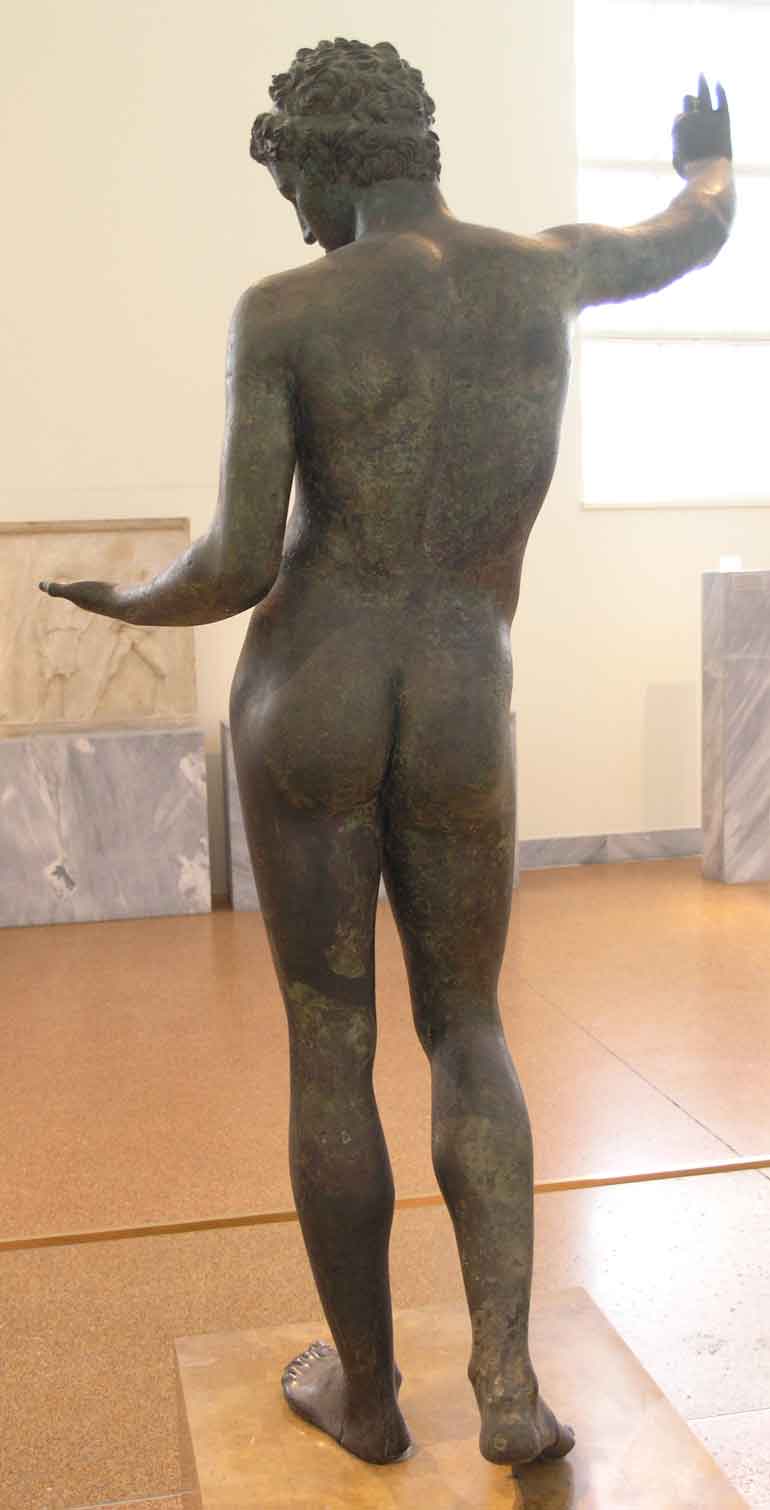(Note: this post contains an image that I find offensive. Read at your own risk.)
 |
|
Thérèse Dreaming, 1938, Balthus, courtesy of the Metropolitan Museum of Art
|
The Metropolitan Museumin New York has refused to remove Thérèse Dreaming, a portrait of 12- or 13-year-old Thérèse Blanchard showing her knickers. This 1938 painting by Balthus is ambiguously sexual. Much of his work was more overt.
A petition started by New Yorker Mia Merrill to have it removed has gathered almost 11,000 signatures. “Given the current climate around sexual assault and allegations that become more public each day, in showcasing this work for the masses without providing any type of clarification, The Met is, perhaps unintentionally, supporting voyeurism and the objectification of children,” states the petition.
The Met has a long-standing policy against censorship. “Moments such as this provide an opportunity for conversation, and visual art is one of the most significant means we have for reflecting on both the past and the present, and encouraging the continuing evolution of existing culture through informed discussion and respect for creative expression,” they responded.
 |
|
The White Skirt by Balthus, 1937, is a painting of Balthus’ wife in her mid-30s. He makes sure that we understand her aristocratic background by the drape, at right.
|
Balthus was a terrific liar about his own history, changing the details to suit his audience. Genetics refute his tale of being descended from the Polish and Russian nobility: his son died at age two from Tay-Sachs disease, indicating that one of Balthus’ parents was an Ashkenazi Jew. He and his brother both adopted the Rola coat of arms, although any connection to the Polish petit nobility was spurious.
But there was something about the family that attracted celebrity. The German poet Rainer Maria Rilke was Balthus’ mother’s lover. Balthus married twice, once to a Swiss aristocrat and once to a Japanese beauty 34 years his junior. His son was a famous London playboy in the 1960s. Balthus’ funeral in 2001 was attended by international celebrities. Bono sang.
 |
|
Girl in Green and Red, 1944, is also a portrait of Balthus’ wife, who by then was approaching middle age.
|
“A bad man is the sort of man who admires innocence,” said Oscar Wilde. Balthus may have paid homage to innocence, but he probably slept with it, too. His models Laurence Bataille and Fré´dé´rique Tison both said they had affairs with the artist while in their teens.
There is nothing one can say in defense of The Guitar Lesson. If this wasn’t high art, the owner (a private individual) would be doing time for possessing child pornography. Balthus painted several studies of this, including one with a male teacher.
Equally unnerving was his habit of painting adult women as little girls. His wife was in her early thirties when she posed for The White Skirt, and even older when she posed for Girl in Green and Red. In both cases, he gives her the face and body of an adolescent.
 |
|
The Guitar Lesson, 1934, Balthus
|
By the end of his life, Balthus was pretty well sexed-out. In the 1990s, he took a series of 2,000 Polaroids of the youngest daughter of his doctor. Every Wednesday afternoon, from the age of eight until the age of 16, Anna Wahli posed for him, usually semi-naked. “It took such a long time to change what seemed to be a minute detail and, from my point of view, all the photographs looked alike,” she wrote.
 |
|
One of 2000 Polaroids taken by Balthus in the last years of his life. If you want, you can buy them in coffee-table book form for about $350. (Courtesy Gagosian Gallery)
|
When he was 14, Balthus told a friend that he wanted to remain a child forever. That’s hardly exculpatory; I imagine a lot of pedophiles do. Nor is the fact that Balthus is so compelling as a painter. That just makes him a better pornographer than most.
Formally, Balthus’ paintings are brilliant. He took the painting style of the Italian Renaissance, and jazzed it up with vivid color and compositional innovation. But instead of the Virgin Mary, we have his own fantasies about little girls. As social mores change, what do we do with him?
It’s a difficult question. I didn’t appreciate my own work being censored, and I don’t approve of censoring history. I’m equally opposed to sexualizing children, however, and I don’t think high art should get a special pass. However, Balthus’ paintings are now worth millions. They’re not going away any time soon.
Mia Merrill is not asking for the painting to be permanently shelved. “I would consider this petition a success if the Met included a message as brief as, ‘Some viewers find this piece offensive or disturbing, given Balthus’ artistic infatuation with young girls,’” she wrote.
I signed.




